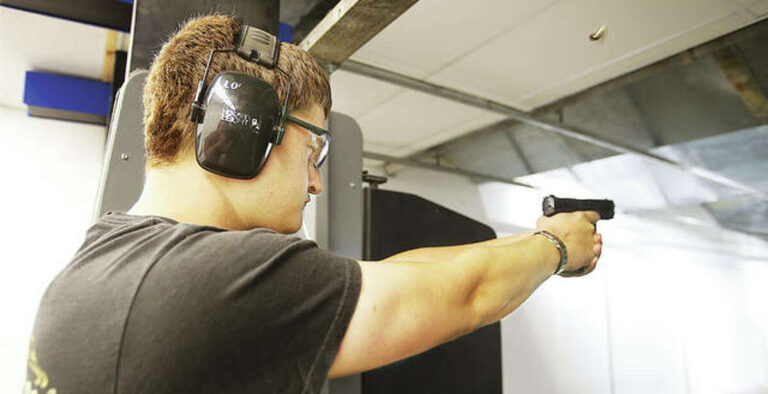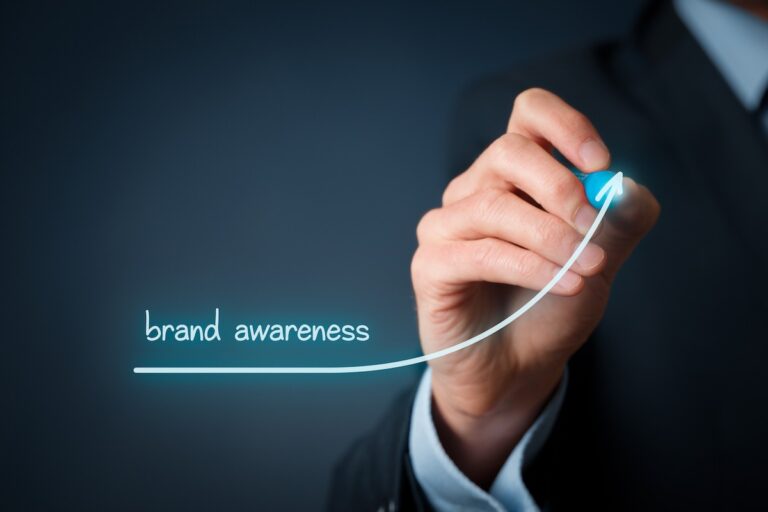Firearm ownership demands an unwavering commitment to safety. The consequences of mishandling firearms are severe, with potential repercussions that transcend the individual to impact communities at large. A deep understanding of the importance of firearms safety is not merely a responsibility; it is an imperative that underscores the gravity of ownership.
In this article, the online gun community Arms Directory explains common mistakes associated with firearms and serves as a guide to navigate the pitfalls, emphasizing the critical need for education, discipline, and adherence to established safety protocols. As we explore these nuances, remember: the decisions made in handling firearms reverberate far beyond the confines of the individual, shaping the broader landscape of safety, responsibility, and ethical firearm use.
Basic Firearm Safety Rules
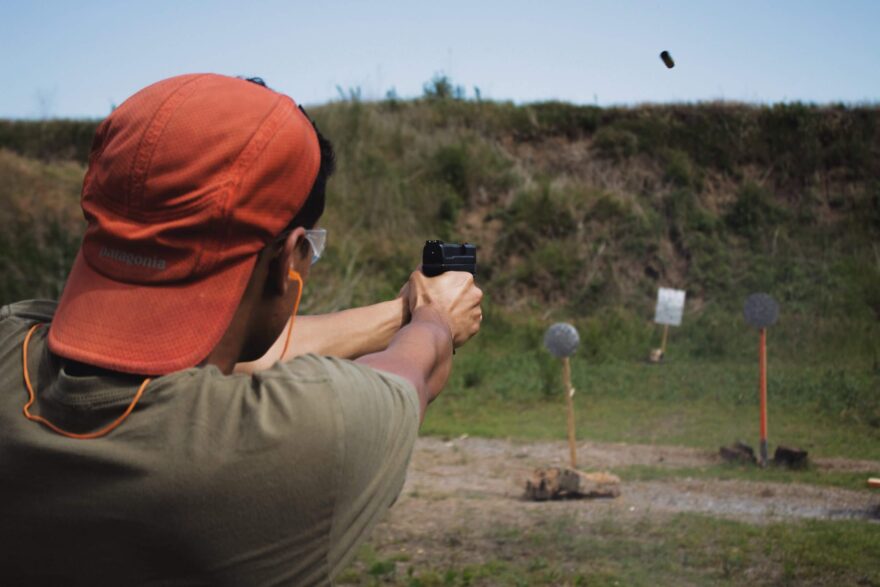
Central to responsible firearm ownership are the four fundamental rules that serve as an unyielding cornerstone for safe gun handling. Firstly, always treat every gun as if it’s loaded, fostering an unshakable habit of caution.
Secondly, never point the firearm at anything you don’t intend to shoot, ensuring a mindful and deliberate approach to target selection. The third rule underscores the importance of keeping your finger off the trigger until you are ready to shoot, mitigating the risk of accidental discharges.
Lastly, know your target and what lies beyond it, promoting awareness of the entire shooting environment. These rules, succinctly encapsulated as guiding principles, are the bedrock of firearm safety, offering a comprehensive framework that, when diligently followed, ensures a secure and responsible approach to gun ownership and usage.
A Proper Grip Means Accurate Shooting
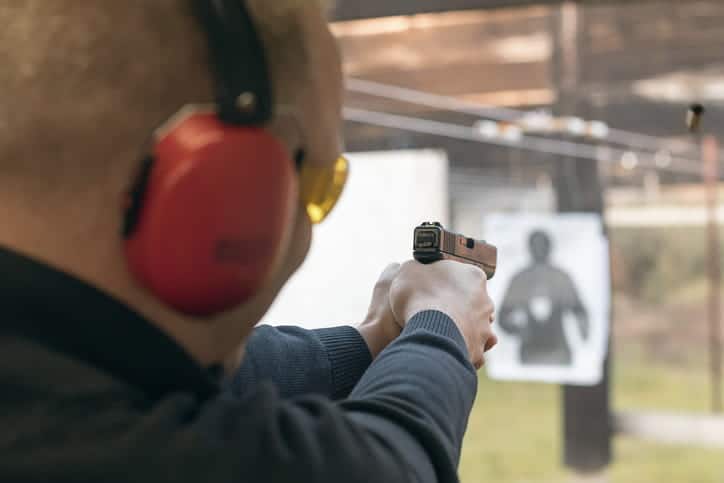
Mastering the art of shooting begins with the fundamental element of grip—an often underestimated aspect that significantly influences accuracy and control. A proper grip is the cornerstone of firearm proficiency, creating a symbiotic relationship between the shooter and the weapon. Achieving accuracy demands more than just aligning sights; it necessitates a firm, comfortable hold that allows for precise manipulation. The grip serves as the conduit for control, mitigating recoil and promoting consistent shot placement.
To enhance accuracy, focus on a grip that marries stability with comfort, ensuring that the firearm becomes an extension of your hand. Whether engaging in recreational shooting or honing self-defense skills, a proper grip lays the foundation for mastery, unlocking the potential for precise, controlled shooting. It is the subtle yet transformative detail that separates novices from experts, turning every shot into a testament to skill and proficiency.
Protect the Trigger
One of the cardinal rules of firearm safety revolves around the trigger, a critical component that demands careful attention from every shooter. Keeping your finger off the trigger until you’re ready to shoot is more than a rule; it’s a mantra for preventing accidental discharges and maintaining control over your firearm.
The trigger serves as the gateway to unleashing lethal force, and the responsibility of safeguarding against unintended consequences rests squarely on the shooter’s trigger discipline. By establishing an unwavering habit of keeping the index finger alongside the frame until the moment of intent, you fortify a crucial barrier between firearm and action.
This discipline is particularly vital during moments of high stress or excitement, ensuring that reflexes align with safety protocols. Ingraining this practice into your shooting routine becomes second nature, empowering you with the confidence that every trigger pull is a deliberate, purposeful act. As a guardian of potential danger, protecting the trigger until the precise moment of readiness is not just a rule—it’s a commitment to responsible firearm handling.
Practice Drawing from a Holster
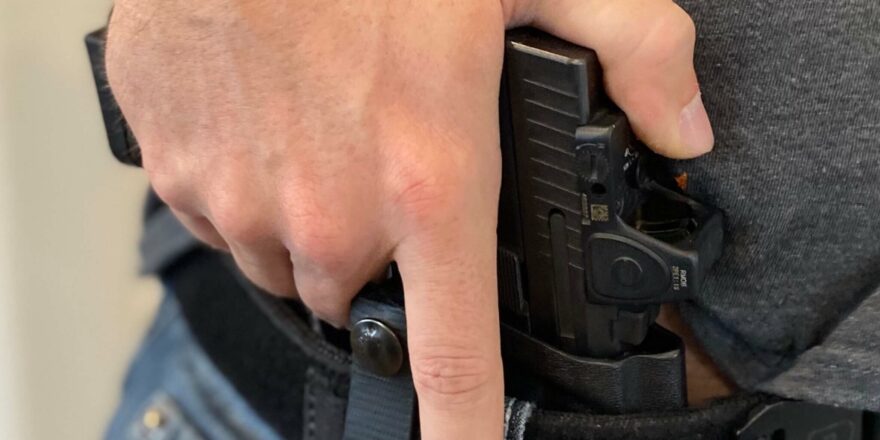
Mastering the art of drawing from a holster is a fundamental skill that transcends the realms of efficiency and safety in firearm handling. Beyond the allure of a quick draw showcased in movies, this practice is deeply rooted in the principles of preparedness and muscle memory.
Smooth, controlled movements are the cornerstone of a successful draw, emphasizing the need for a seamless, fluid motion that seamlessly transitions from holster to shooting stance.
Repetition builds muscle memory, a powerful ally in high-stakes situations where split-second reactions matter. A well-practiced draw not only shaves off precious moments but instills confidence, ensuring that your response is swift, deliberate, and aligned with safety protocols.
Clear the Chamber
A crucial step in firearm safety is the meticulous process of clearing the chamber. This meticulous routine ensures that a firearm is rendered inert before any maintenance or storage.
Visually inspecting the chamber and magazine is paramount, emphasizing the necessity of double-checking to confirm they are empty. This redundant verification reduces the risk of accidental discharges and reinforces the cardinal rule of treating every gun as if it were loaded.
Begin by pointing the firearm in a safe direction and removing the magazine. With the slide locked open, visually confirm that the chamber is empty. Run your finger along the inside of the chamber to both feel and ensure its emptiness. This tactile check adds an extra layer of assurance. Once this is complete, conduct a final visual sweep to confirm an empty chamber and magazine well.
Wear the Right Gear
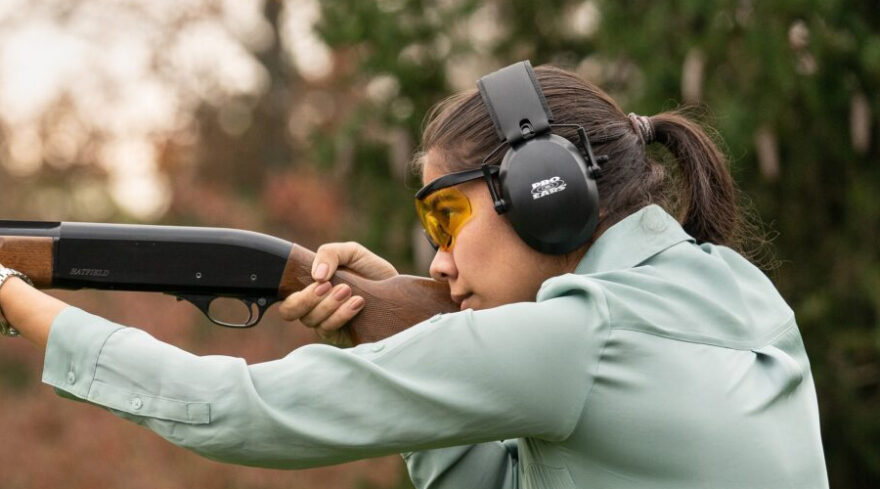
Equipping yourself with the right gear is paramount in ensuring a safe and enjoyable shooting experience. Protective gear serves as a crucial barrier between you and potential hazards associated with firearms.
Two fundamental pieces of gear are ear and eye protection. Ear protection safeguards against the deafening noise generated by gunshots, preventing potential hearing damage. Likewise, eye protection shields your eyes from debris, spent casings, and other unforeseen hazards.
Choosing appropriate clothing for the shooting environment is equally vital. Avoid loose or flowing garments that may interfere with the firearm’s operation or pose safety risks. Opt for comfortable, close-fitting attire that won’t snag on the gun or accessories.
In addition to safety considerations, the right gear enhances overall comfort during shooting sessions. Ear protection ensures a more pleasant experience by reducing noise-related stress, while proper clothing promotes ease of movement and agility.
Know The Law
A crucial aspect of responsible firearm ownership is a thorough understanding of the laws and regulations governing firearms. Laws can vary widely depending on your location, so it’s essential to familiarize yourself with local, state, and federal regulations.
Start by researching the specific laws related to firearm ownership, possession, and use in your jurisdiction. This includes understanding the legal requirements for purchasing firearms, obtaining a concealed carry permit, and transporting guns. Be aware of any restrictions on the type and capacity of firearms you can own.
It’s also essential to stay informed about changes in legislation that may impact gun ownership. Laws can evolve, and new regulations may be introduced, affecting how you can legally own and use firearms. Consider joining local gun owner organizations or forums where you can stay updated on legal developments and engage with other responsible firearm enthusiasts.
Wrapping up
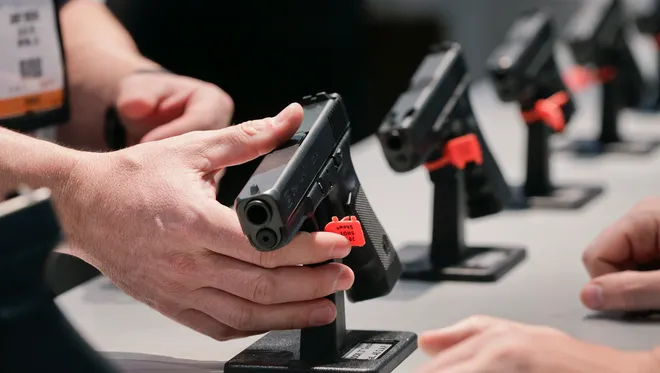
In conclusion, responsible firearm ownership involves a commitment to safety, knowledge, and adherence to legal standards. By embracing the basic safety principles, such as proper grip and trigger discipline, and consistently practicing these habits, gun owners contribute to a safer shooting environment. Familiarizing oneself with firearm laws ensures lawful and responsible ownership. Whether it’s understanding the importance of wearing protective gear or regularly practicing drawing from a holster, responsible gun ownership is a multifaceted commitment to safety, proficiency, and legal compliance. By following these guidelines, firearm enthusiasts can enjoy their hobby while prioritizing the well-being of themselves and others.

